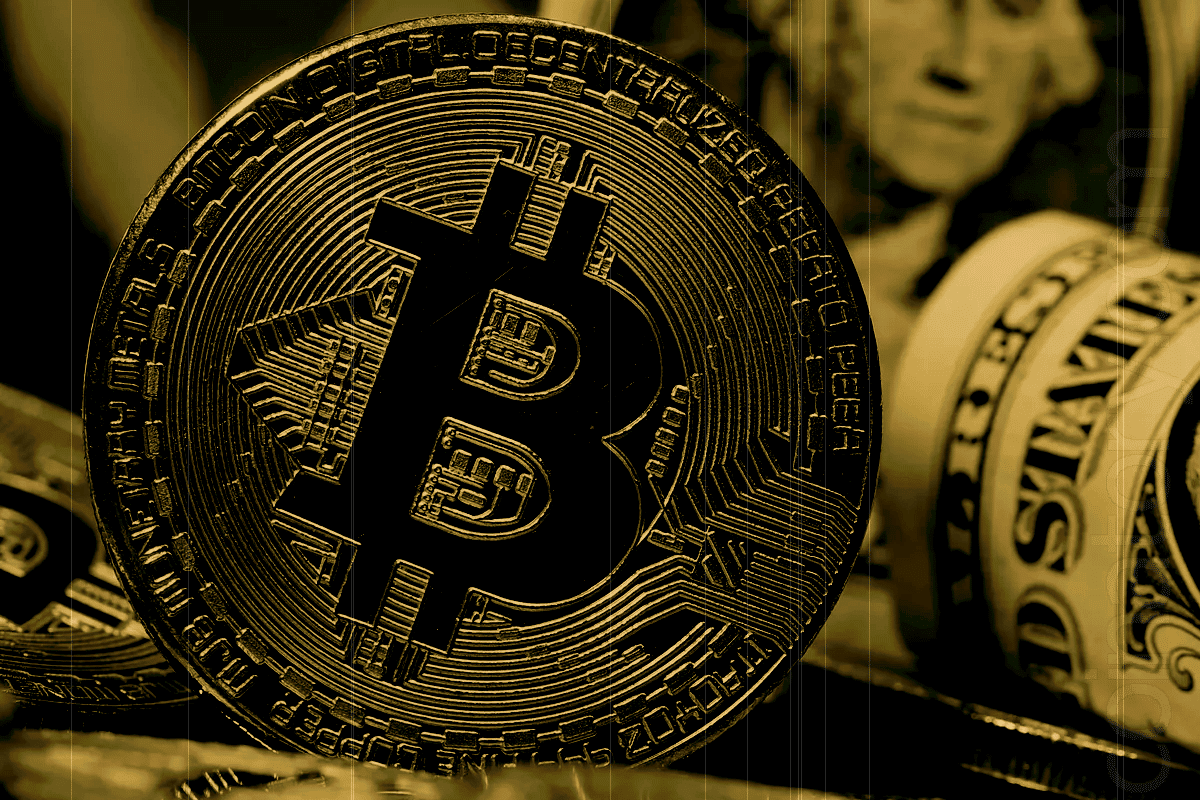
Last week, there were $240 million withdrawals from digital asset investment products, a change that was mostly caused by growing apprehension about U.S. trade tariffs and their possible effects on world economic expansion. The sector’s total assets under management (AUM) increased by 0.8% to $132.6 billion, demonstrating resilience in the face of the capital flight.
This relative steadiness stands in stark contrast to traditional equity markets, as the MSCI World index declined by 8.5% during the same time period, according to CoinShares’ most recent Digital Asset Fund Flows Weekly Report. According to CoinShares, the performance of digital assets has been “impressive,” highlighting their growing significance as a reliable substitute in unstable macroeconomic settings.
The majority of the withdrawals were from Bitcoin, which lost $207 million, bringing its total inflows for the year to $1.3 billion. On the other hand, $2.8 million was invested in Short-Bitcoin products, indicating that some investors have shifted to hedging techniques.
Mixed sentiment was expressed by altcoins. With $37.7 million in outflows, Ethereum led the retreat, followed by Sui and Solana with $4.7 million and $1.8 million, respectively. On the other hand, Toncoin and multi-asset products brought in $1.1 million and $1.4 million, respectively, while XRP brought in $4.5 million. Considering Toncoin’s specialized position in the larger digital asset market, its growth is very noteworthy.
For the second week in a row, blockchain stocks showed a countertrend, attracting $8 million in inflows. According to analysts, investors are seeing recent market declines as chances to purchase, which strengthens their long-term faith in the fundamentals of the industry.
At the regional level, the United States and Germany accounted for the largest outflows, with $210 million and $17.7 million, respectively. Sweden and Switzerland reported outflows of $7.1 million and $8.3 million, respectively.
On the other hand, Canadian investors contributed $4.8 million in inflows, increasing their exposure. With additions of $1.4 million, $0.8 million, and $0.6 million, respectively, Brazil, Hong Kong, and Australia also saw slight increases.
A larger story of uncertainty and strategic realignment in reaction to geopolitical events is reflected in the disparity in regional flows. In an increasingly divided global market, digital assets continue to show relative durability and provide pockets of investor confidence despite ongoing macroeconomic challenges.







